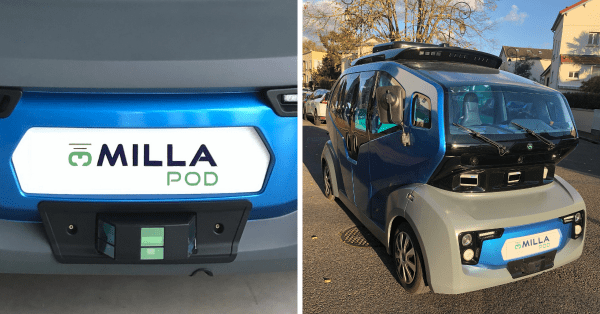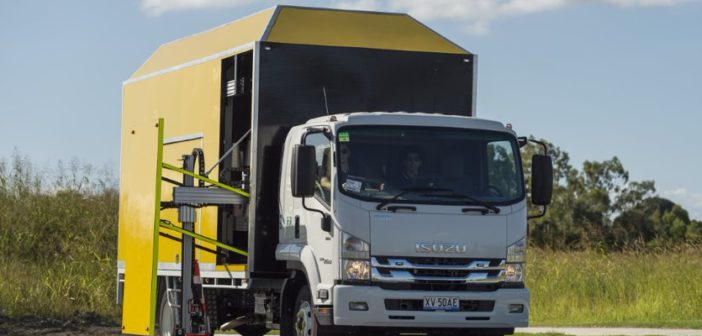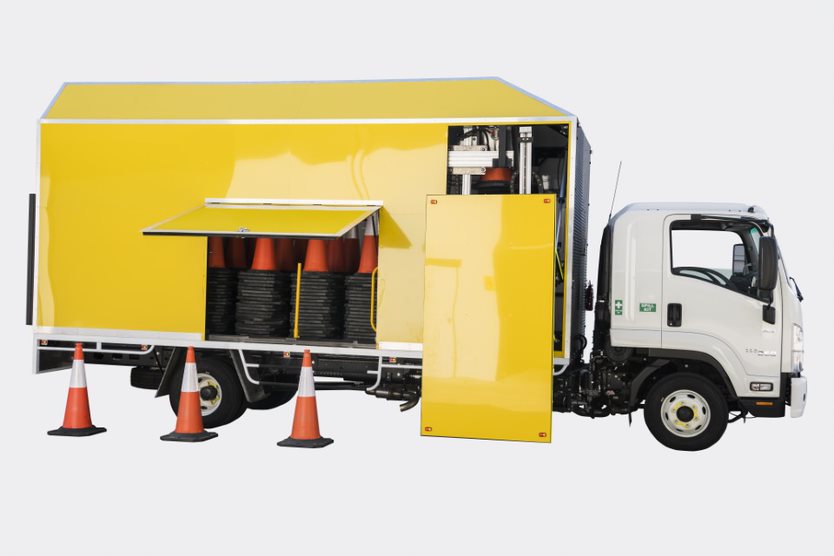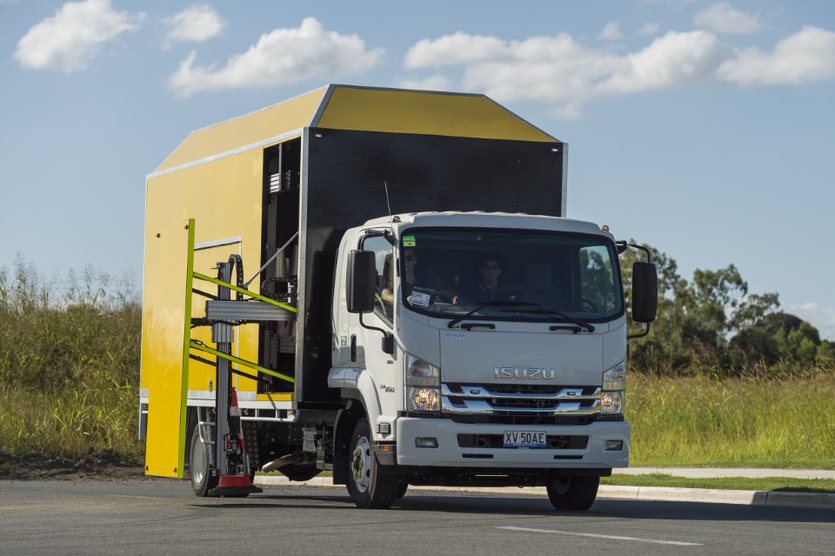The MILLA Group Selects the Leddar Pixell From LeddarTech for the MILLA POD Autonomous Shuttle
QUEBEC,November 25, 2020 — LeddarTech®, a global leader in Level 1-5 ADAS and AD sensing technology, is proud to have been selected by the MILLA Group as the supplier for their cocoon LiDAR sensor. The MILLA Group has selected the award-winning Leddar™ Pixell as the front-end LiDAR for their MILLA POD autonomous shuttle.
The Leddar Pixell is the most robust solid-state LiDAR on the market. This sensor provides a 180-degree horizontal field of view (FoV) and can offer 360-degree coverage of a vehicle when four modules are used. The Leddar Pixell offers best-in-class shock and vibration resistance meeting ISO 16750-3 requirements and complies with the SAE J1455 standard for heavy dust intrusion, positioning the Leddar Pixell for use in the industrial vehicle markets requiring robustness and durability. Also, the Leddar Pixell is IP67 certified and provides an MTBF of more than 148,000 hours, which is equivalent to ten times that of scanning solutions. The Leddar Pixell is ideal for shuttles, robotaxis, ADVs, and other off-road vehicles used in construction, agriculture, and mining applications.
Read More:https://leddartech.com/milla-group-selects-leddar-pixell-leddartech-milla-pod-autonomous-shuttle/
More about Milla Group:https://millagroup.fr/pages/about/

















